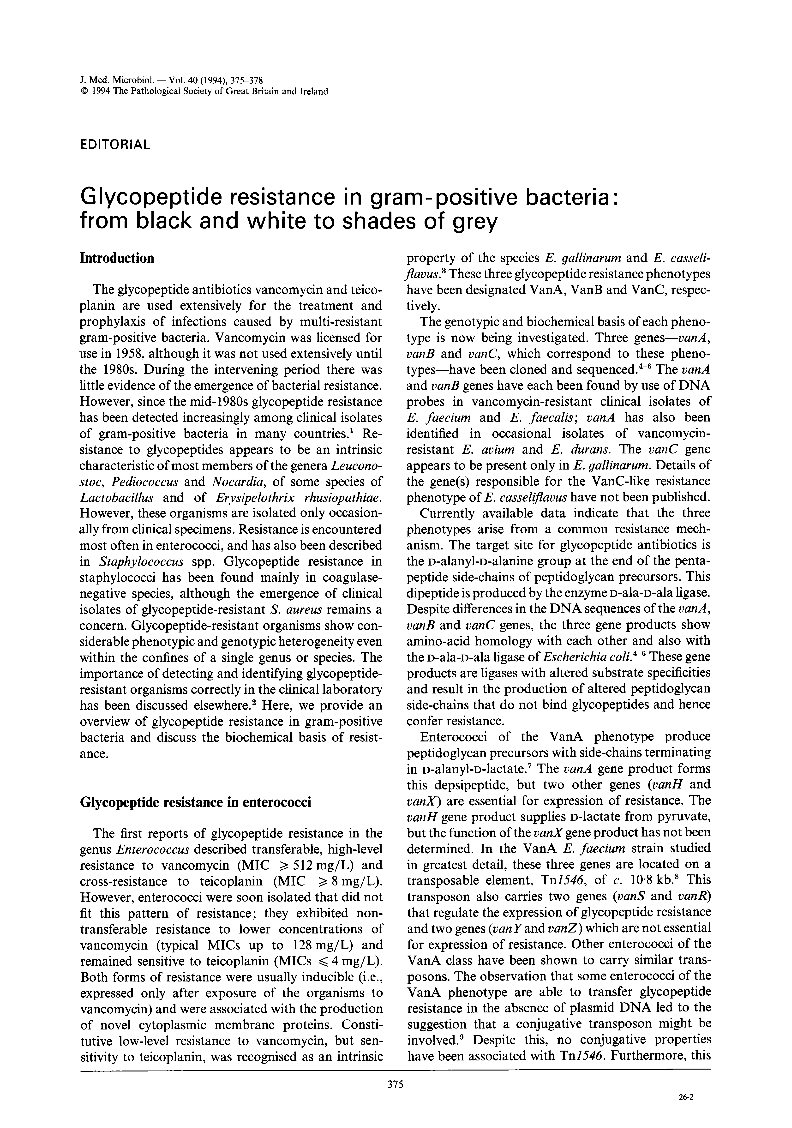
Full text loading...

Glycopeptide resistance in gram-positive bacteria : from black and white to shades of grey, Page 1 of 1
< Previous page | Next page > /docserver/preview/fulltext/jmm/40/6/medmicro-40-6-375-1.gif
There is no abstract available.

Article metrics loading...

Full text loading...
References

